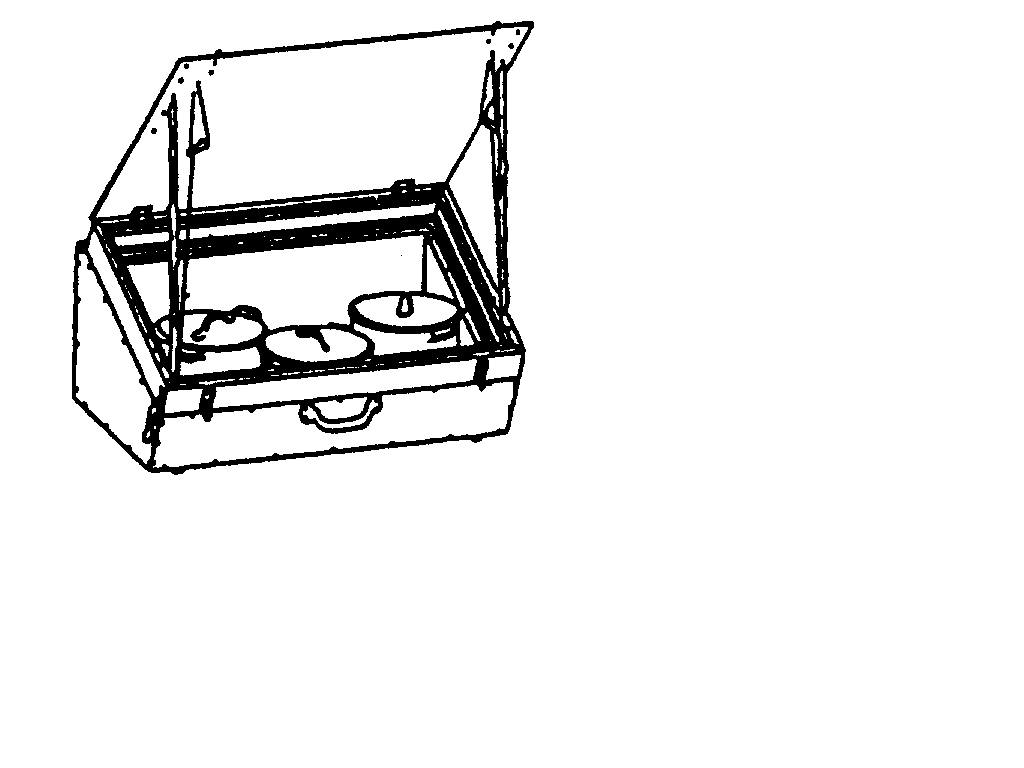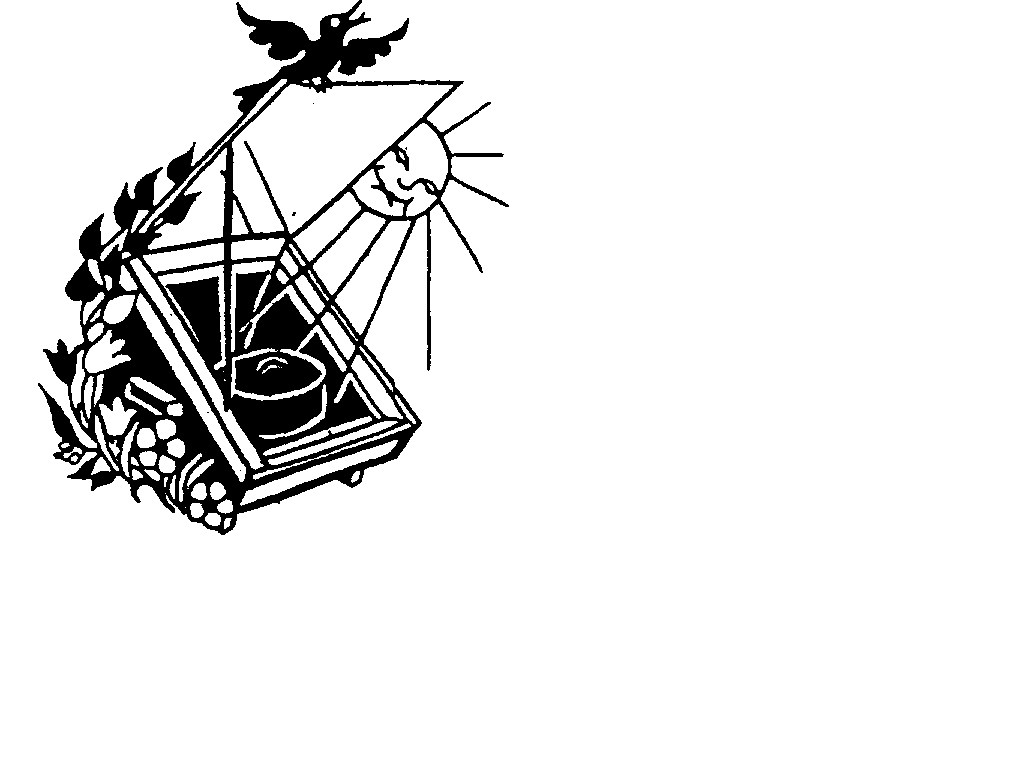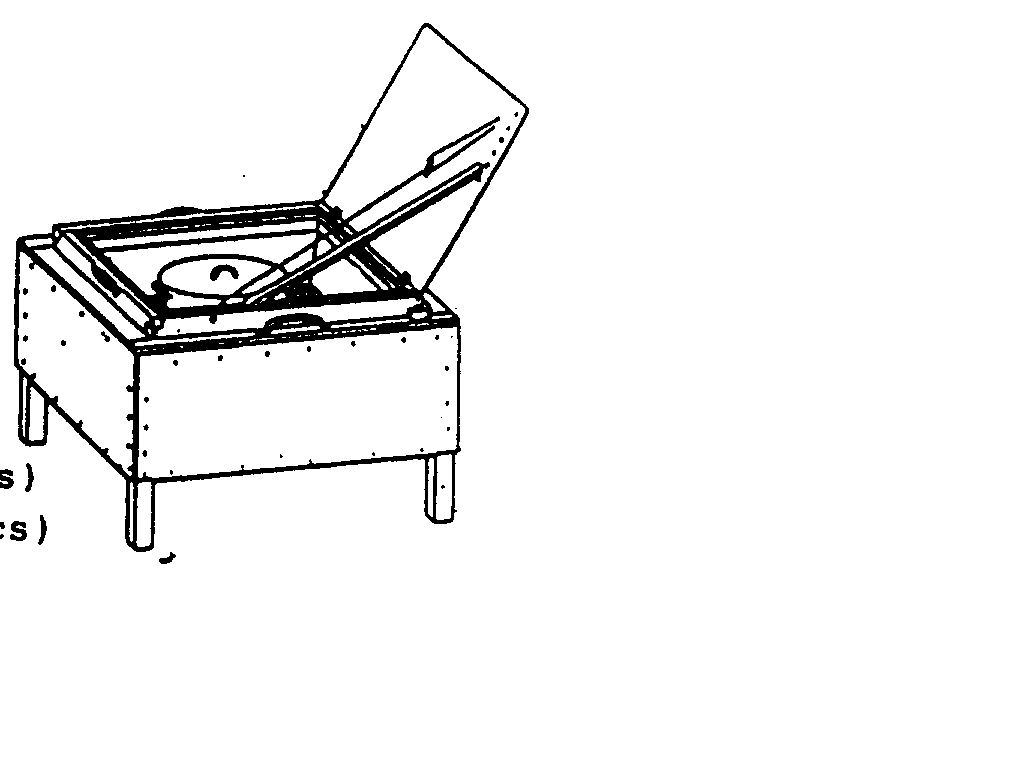
 Group ULOG
Morgartenring 18
CH - 4054 Basel
Switzerland
Group ULOG
Morgartenring 18
CH - 4054 Basel
Switzerland
Meanwhile, several younger people joined the group, now numbering seven full-time and a dozen part-time staff.
The principle of solar boxes is not new: Horace-Benedict de Saussure, a scientist from Geneva, developed such a box in the early 18th century, which he called the "heliothermometer". He used it to measure the sun's radiation in relation to varying altitudes (de Saussure was the first man to climb Montblanc, the highest mountain in the Alps at 4807m, hence his portrait on the SFr. 20.- note).
With his small box, he reached temperatures far above 100 C. However, it is not known if he used it for cooking purposes.
Due to the d1fferent needs in tropical and non-tropical countries, we have developed various solar oven models: portable models and models with legs, standard- and familysized and these in two possible designs; as tropical solar cookers (for countries between the Tropic of Cancer and Capricorn) and as non-tropical solar cookers.
In Switzerland we hold day to two day courses, where people can learn how to make the solar ovens or driers by assembling a kit. These are mainly made out of wood, plywood, window-glass and aluminium sheeting (instead of aluminium sheeting, we mostly use off-set plating, as this is cheaper and environmental friendly). Our products are also sold ready for use or as partly assembled kits. Today (l993) in Switzerland, with its population of 6.5 mill., more than 6000 Swiss households have a solar oven!

 Pict 2: portable family model (non-tropics)
Pict 2: portable family model (non-tropics)
Two European couples have been living in Khartoum, Sudan since 1989, supervising one of our projects. In 1991, the solar cooker construction and the cooking with them were introduced into the school timetables of the public schools in Khartoum. It is now being planned for the teachers to be trained in this area as well.
In the north of Senegal, where the desertification is very bad, a project was begun at the end of 1990. In a village there, a group of six carpenters made about 1OO solar cookers completely by hand. They sold them in the village and to others in the neighbourhood for a highly subsidized price. One of the women in the village, who gained a lot of solar cooking experience, was made responsible for teaching the new customers how to cook with their solar ovens.
The demand for solar ovens there is increasing daily. It was especially surprising to see how quickly the women were able to adapt thelr cooking habits. They were naturally also pleased at the time and effort they were saving, that would usually have gone into collecting wood. Because the villagers are managing the project themselves very well, some-one from our group need only travel there now and then.
In Kenya, there are three places that now make solar ovens on their own. The 'Institute for Cultural Affairs' has also brought out a recipe booklet in Kiswahili.
Each cooking place has a parabolic fix focus reflector of 7m2 with 47 flat mirror elements covered with a reflecting plastic film. It concentrates the solar rays onto a window in the wall of the kitchen building, where a cooking pot of 80 to 1OO litres capacity is standing. This pot is surrounded by an insulated wrap and can be rolled aside onto a fireplace when there is no sunshine for cooking. As the rotating axis of the reflector is parallel to the earths' axis, the daily tracking of the reflector can be done by a mechanical clock. The seasonal adjustment only has to be done once a week. To store solar energy for the following morning, one of the reflectors (normally) is used to heat a water tank of about 200 litres. To date, several SHCK have been constructed in India, where a local enterprise is commercialising them without our further assistance; and in Kenya. One SHCK has been bullt in Sudan. The technology of the SHCK is naturally much more complicated than that of the solar ovens, but it is nevertheless something which can be mastered by well trained technicians in any country and it can also be produced anywhere where there is welding equipment to be found. The only special part which has to be imported is the reflecting plastic film.
With the same fix-focus technology, we have also made a mobile SHCK, with a cooking capacity of 30 litres. The alternative heating source here for overcast days is propane. The mobile SHCK is often used for 'solar happenings' in Switzerland and Germany. Some relief organisations, like the Red Cross, are interested in such kitchens for refugee camps and for their relief activities during natural catastrophes etc.
(based on a speech by J.C.Pulfer at the 1st World Conference on Solar Cooking - 1993)